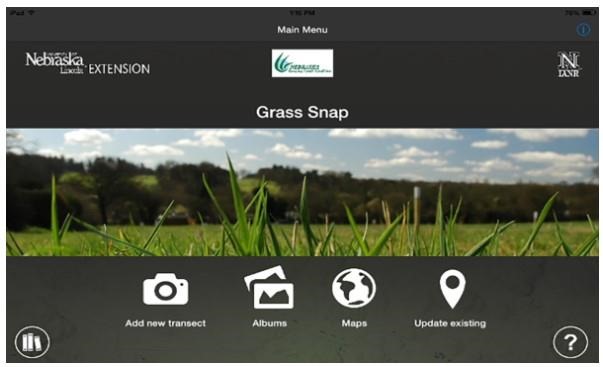By Jameson Brennan
In a previous article, Five Range Management Principles or Rancher Rules were introduced to help producers make management decisions on rangelands. Each of the five principles will be elaborated in an article series to come. The first principle describes how producers should use adaptive management on their operations.
Overview
Adaptive management is a process that livestock producers can incorporate into their operation to increase operation flexibility and adjust to changing conditions. This process involves defining the objective or problem producers wish to address, considering alternative management strategies, implementing a management action, evaluating that action and adjusting (Figure 1).

Figure 1. Adaptive management is a special case of structured decision making, expanding on it to include monitoring, evaluation and adjustments.
ADAPTIVE MANAGEMENT EXAMPLE
A simple example would be if a producer identified Canada thistle as a species of concern in a pasture. Although spring herbicide treatments may be effective for controlling Canada thistle, alternative strategies could be considered, including both spring and fall herbicide treatments, targeted grazing or mechanical control. Once a management decision is made (e.g. spring-only herbicide treatment), the essential part to the adaptive management process is to re-visit the site the following year after applying the management action, assess the effectiveness of your decision and make adjustments as necessary based on results. If 70% of the thistle was controlled by a spring-only herbicide treatment, the producer may decide that only one more year of this management action is needed. However, if only 30% of the thistle was controlled, additional management actions, such as a fall herbicide application or spring application in conjunction with mechanical control may be warranted. Though aspects of this process may be intuitive, at the core of adaptive management is a continued learning loop of making management decisions, evaluating the effectiveness of those decisions based on goals, and adjusting based upon results. This process can be applied to all aspects of range management, from drought planning to setting stocking rates to noxious weed control.
Adding Context to Data
Integral to the adaptive management process is collecting data to evaluate the effectiveness of your management decision. Though collecting data within a single year is useful, repeated data collection and record keeping is required for monitoring changes over time and ensuring the producer is moving in the right direction. Generally, substantial positive changes in rangeland ecosystems take several years of good management to materialize – in essence, small steps can add up to have a large impact over time. Managers should consider these biological delays as part of their expectations for change. Technology can assist with some of this monitoring process to ensure you are staying on target.

Figure 2. Screenshot of the GrassSnap app, which can be used for photo monitoring.
For example, GrassSnap is a free mobile phone app that can be used for photo monitoring grasslands (Figure 2). GrassSnap enables users to take a photo on a smart phone with a GPS location and pasture name attached to each image. Previous images can be loaded as a ‘ghost’ image the following year to help producers line up landscape positions, so the picture is taken at the same location year after year – allowing for highly effective photo monitoring. In the Canada thistle example above, the GrassSnap app can be used to monitor changes in thistle density year after year and serve as an important record of before and after treatment or multiple treatments were applied.
Other range management software such as the South Dakota State University (SDSU) Extension grazing calculator or excel spreadsheets, like the South Dakota NRCS Grazing Tool, can help producers keep track of management records, including grazing duration, intensity and timing within pastures. By looking at data on operations over time, producers can start to give context to the data in relation to past management decisions or changes in weather. In turn, this will allow them to make predictions and adjustments for any disruptions in upcoming years. For example, producers must consider that there is variability in carrying capacity from year to year, thus stocking rates should be adjusted annually. The carrying capacity will be lower in dry years and higher in wet years. By contextualizing data over time, producers will have an idea of what the annual carrying capacity of the ranch will be if weather forecasts are predicting drought or above-average precipitation. Consequently, a rancher can better evaluate management decisions, consider management alternatives and make adjustments earlier – all based on objective, measured data instead of perceptions to ensure they are meeting targets for their operation.
Source : sdstate.edu